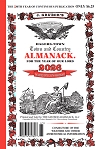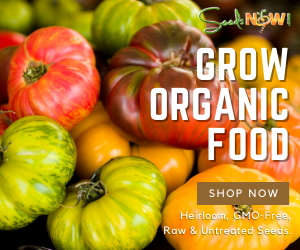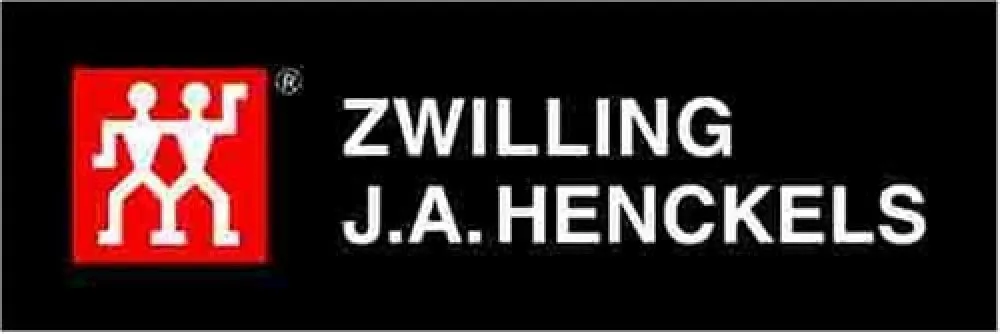The Art of Canning Part 4
SOME GOOD THINGS TO KNOW
- A spatula-shaped wooden spoon that has a flat end instead of a rounded one is good to have for stirring the sugar syrup in a flat bottomed pan during the cooking process.
- Canned fruits often times will float if the sugar syrup is too heavy, if jars are packed too loosely, or if air remains in the tissues of the fruit after processing. To avoid this, use a light or medium sugar syrup, make sure fruit is firm and ripe and pack fruit tightly in jars without crushing.
- If fruit is not covered by liquid it may darken during storage but does not necessarily mean it is spoiled. To avoid this, be sure fruit is completely covered by liquid while still leaving the recommended head space to allow for any expansion.
- Be sure to remove any air bubbles that may have become trapped inside with a slim rubber scraper, spatula, or kitchen knife. To do this effectively, tilt the jar slightly while running the tool between the fruit and the edge of the jar and also pressing inward against the fruit a few times.
- Canned peaches, pears and apples may show a blue, red or pink color change after processing. This is sometimes the result of natural chemical changes that occur as fruits are heated.
- Avoid storing canned food near a furnace, water heater or hot water pipes. Jars need to be kept cool for longer storage life and to protect against spoilage. Be sure to store in a dry place. Rusting of the lid or band can cause seal to break.
- To avoid freezing in extremely cold storage environments, wrap canned jars with newspaper and place in heavy cardboard boxes. Cover boxes with a heavy cloth or blanket if necessary.
THE 'PROPER PRODUCE' AND SUPPLIERS
While the U.S. Department of Agriculture (www.uda.gov) and the many College Cooperative Extension Services are the most important resources to consider when learning the process and techniques of canning and preserving, the second is selecting right quality and freshness of whatever you plan to can or preserve. Pick Your Own (www.pickyourown.org/canningsupplies) is a unique site that provides information on where to buy the freshest fruit and vegetables in your area (based upon your Zip Code). The site also has related links to canning basics, hints and tips, sources for canning equipment including useful starter kits.
Ball has a complete line of jars, mixes, and recipes for your consideration. For specialty items like pectin (for fruit jellies), pickling mixes for all types of pickles, and much more, check out www.freshpreserving.com/products.aspx.
Lehman’s of Dalton, Ohio sport the widest variety of canning equipment ranging from sophisticated pressure cookers to decorative jar labels for the finished product. Contact them at www.lehmans.com and you will see exactly what we are talking about!
The Canning Pantry in is one of the best sites we have seen. They offer you everything to get started. From the classic Mason jars to hard-to-find canning tools, there isn’t much they don’t have. See for yourself at www.canningpantry.com/canning-equipment.html
The Red Hill General Store of Hillsville, Virginia maintains an extensive website at www.allamericancanner.com. They specialize in all types of canning equipment for both methods.
This has been our modest attempt to "preserve” the art of canning and preserving. As we have described, the methods are quite straight-forward and with a little research and practice, one can become proficient and confident enough to quickly begin ‘stocking up’ on some tasty treats for the winter months ahead!


















